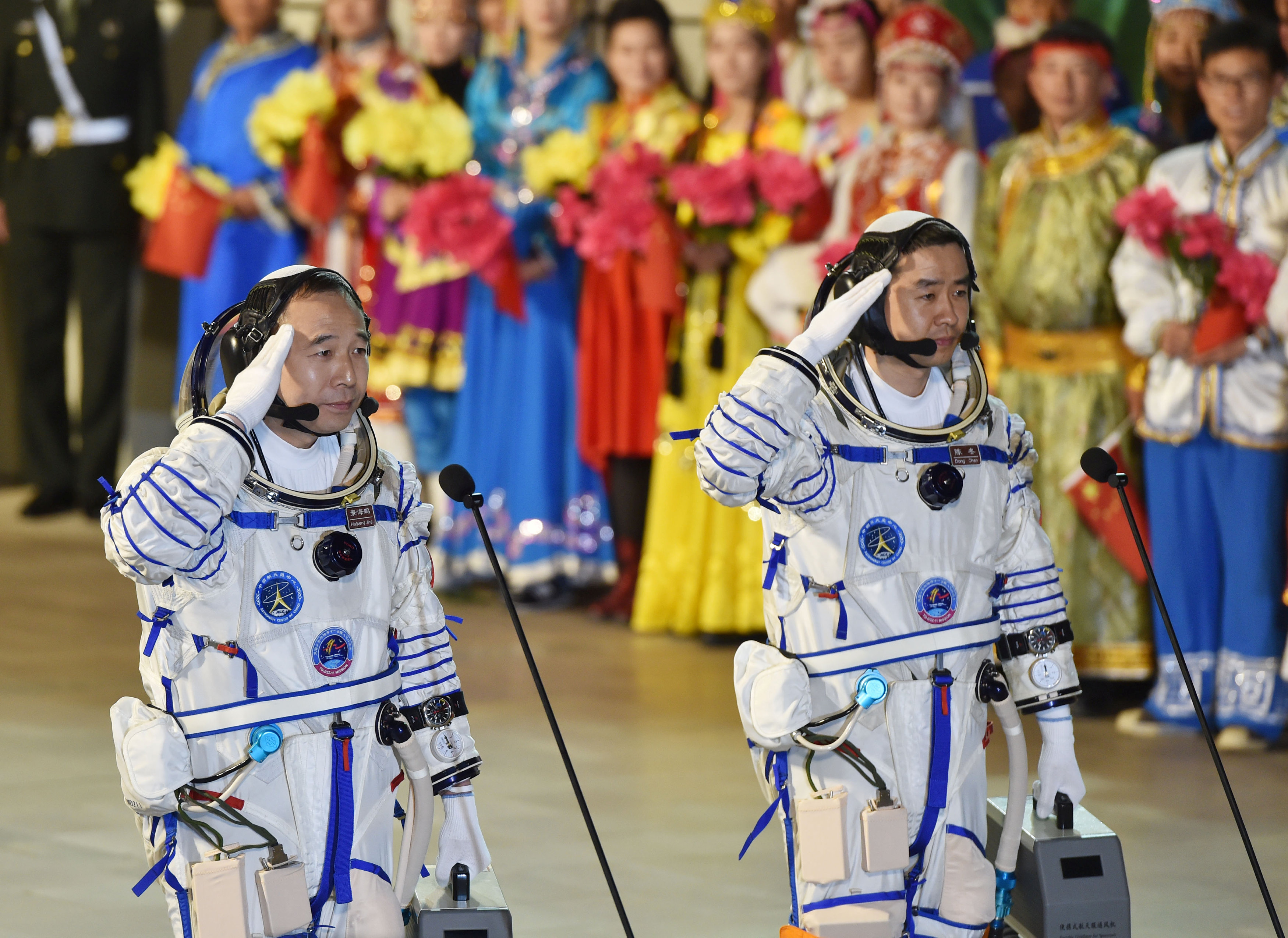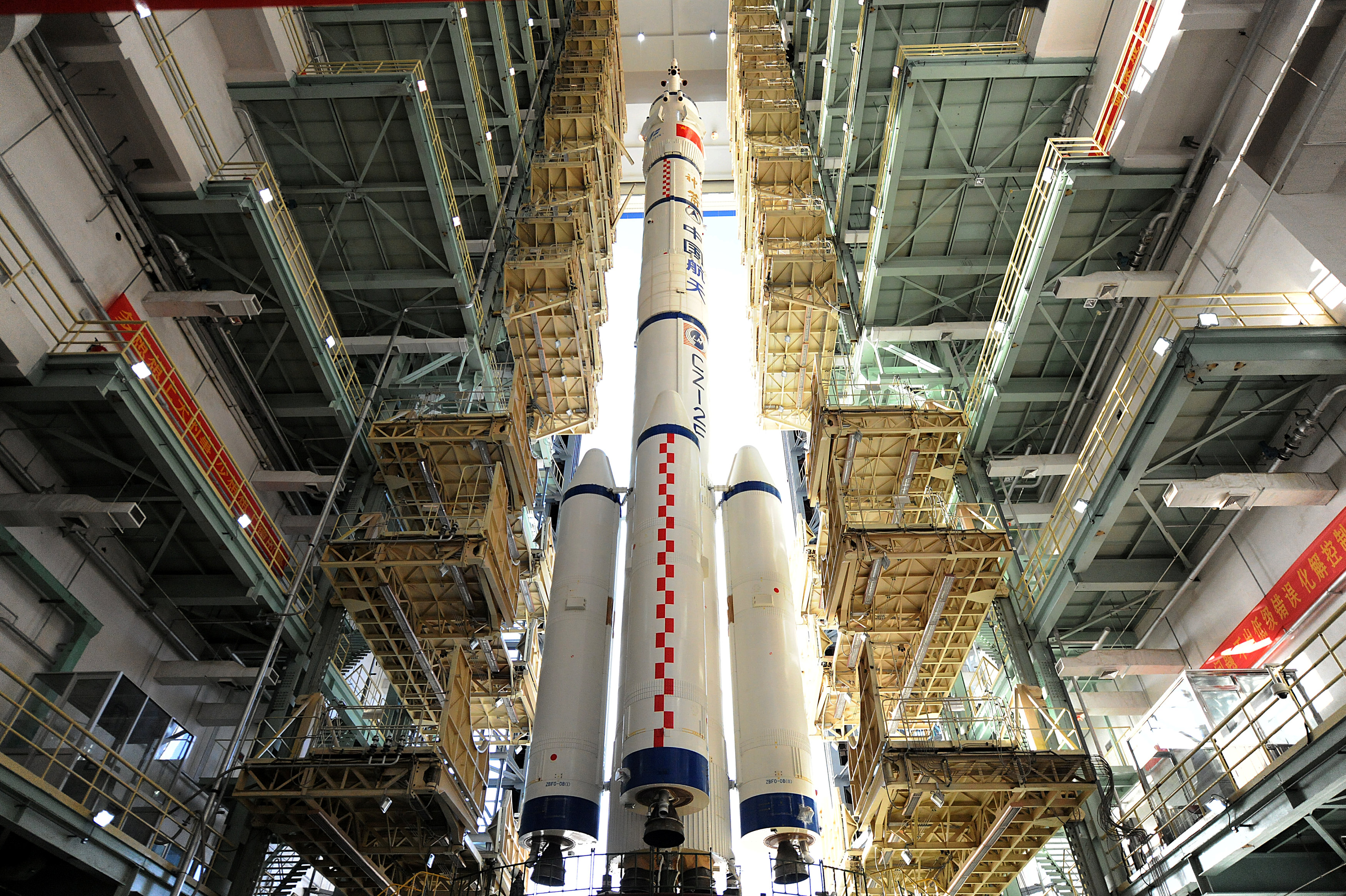
By Ahmed Rasheed and Michael Georgy
BAGHDAD/ERBIL (Reuters) – Residents of Mosul said Islamic State was using civilians as human shields as Iraqi and Kurdish forces captured outlying villages in their advance on the jihadists’ stronghold.
The leader of Islamic State and one of its main explosives experts were reported to be among thousands of the hardline militants still in Mosul, suggesting the group would go to great lengths to fend off any ground attack within the city limits.
With the attacking forces still between 20 and 50 km (12-30 miles) away, residents reached by telephone said more than 100 families had started moving from southern and eastern suburbs most exposed to the offensive to more central parts of the city.
Islamic State militants were preventing people fleeing Mosul, they said, and one said they directed some toward buildings they had recently used themselves.
“It’s quite clear Daesh (Islamic State) has started to use civilians as human shields by allowing families to stay in buildings likely to be targeted by air strikes,” said Abu Mahir, who lives near the city’s university and offered food to the displaced.
Like other residents contacted by telephone in the city, he refused to give his full name, but Abdul Rahman Waggaa, a member of the exiled Provincial Council of Nineveh of which Mosul is the capital, corroborated his account to Reuters, urging government and coalition forces to update their targeting data.
Around 1.5 million people are still living in Mosul and the International Organisation for Migration said it was preparing gas masks in case of chemical attack by the jihadists, who had used such weapons previously against Iraqi Kurdish forces.
The fall of Mosul would signal the defeat of the ultra-hardline Sunni jihadists in Iraq but could also lead to land grabs and sectarian bloodletting between groups which fought one another after the 2003 overthrow of Saddam Hussein.
For U.S. President Barack Obama, the campaign is a calculated risk, with U.S. officials acknowledging that there is no clear plan for how the region around Mosul will be governed once Islamic State is expelled.

Smoke rises from clashes at Bartila in the east of Mosul during clashes with Islamic State militants, Iraq. REUTERS/Thaier Al-Sudani
“DISORIENTED”
The Iraqi army and Peshmerga forces from autonomous Iraqi Kurdistan began moving toward the city at dawn on Monday under air cover from a U.S.-led coalition set up after Islamic State swept into Iraq from Syria in 2014.
Hoshiyar Zebari, a senior Kurdish official, said initial operations succeeded due to close cooperation between the Iraqi government and Kurdish peshmerga fighters, allowing them to clear Islamic State from 9 or 10 villages east of Mosul.
“Daesh is disoriented they don’t know whether to expect attacks from the east or west or north,” he told Reuters.
On Tuesday the attacking forces entered another phase, he said. “It won’t be a spectacular attack on Mosul itself. It will be very cautious. It is a high risk operation for everybody.”
Islamic State leader Abu Bakr al-Baghdadi, and explosives expert Fawzi Ali Nouimeh were both in the city, according to what he described as “solid” intelligence reports.
A total of 20 villages were taken from the militants east, south and southeast of Mosul by early Tuesday, according to statements from the two forces, fighting alongside one another for the first time.
Islamic State said on Monday its fighters had targeted the attacking forces with 10 suicide bombs and that their foes had surrounded five villages but not taken them. None of the reports could be independently verified.
RESIDENTS KEPT IN CITY
Iraqi Prime Minister Haider al-Abadi announced the offensive on Monday around two years after Iraq’s second-largest city fell to the militants, who exploited the civil war that broke out in Syria in 2011 to seize territory there.
The operation had been planned since July with U.S. and other coalition forces and Western and Iraqi officials, mindful of the civil war that followed Saddam’s fall, say plans for administering the mainly Sunni city and accommodating those who flee the fighting are in place.
The United Nations has said up to a million people could flee the city and that it expected the first big wave in five or six days, indicating fighting would reach the city then.
But some residents said Islamic State was making sure people did not leave. Anwar said he fled his Sumer district, which lies near Mosul airport, fearing ground forces and aeriel bombing.
“I told Daesh fighters at a checkpoint I’m going to stay at my sister’s house,” he said. “A Daesh fighter made calls through his radio to make sure I was not lying and only after the voice on the other side said ‘Let him go’, did I let myself breathe.”
Fighting is expected to take weeks, if not months, as some 30,000 government forces, Sunni tribal fighters and Kurdish Peshmerga first encircle the city then attempt to oust between 4,000 and 8,000 Islamic State militants.
More than 5,000 U.S. soldiers are also deployed in support missions, as are troops from France, Britain, Canada and other Western nations.
The Iraqi army is attacking Mosul on the southern and southeastern fronts, while the Peshmerga carried out their operation to the east and are also deployed north and northwest.
The Kurdish forces said they secured “a significant stretch” of the 80 km (50 mile) road between Erbil, their capital, and Mosul, about an hour’s drive to the west.
Coalition warplanes attacked 17 Islamic State positions in support of the Peshmerga operation in the heavily mined area, the Kurdish statement said, adding that at least four car bombs were destroyed.
There was no indication about the number of military or civilian casualties in the Iraqi or Kurdish statements.
Obama is seeking to put an end to the “caliphate” – a launch pad for attacks on civilians in the West – before he leaves office in January.
France said it would co-host a multilateral meeting with Iraq on Oct. 20 to discuss how to stabilize Mosul and its surroundings once Islamic State has been defeated.
Foreign Minister Jean-Marc Ayrault said the militants were likely to retreat to their Syrian bastion Raqqa, so it was vital to consider how to retake that city too.
“We can’t let Islamic State reconstitute itself or strengthen to create an even more dangerous hub,” he said.
The Mosul plan calls for the governor of the city’s Nineveh province, Nawfal al-Agoub, to be restored and the city divided into sub-districts with local mayors for each. Agoub will govern along with a senior representative from Baghdad and from Erbil, capital of Iraq’s autonomous Kurdish region.
Screening procedures for any civilians able to flee Mosul have been enhanced, in an effort to learn from the battle for Fallujah, in Anbar province. There, Sunni men and boys were held, tortured and in some cases killed by Shi’ite militia members, who had erected makeshift checkpoints.
The U.N. refugee agency said it had built five camps to house 45,000 people and plans to have an additional six in the coming weeks with a capacity for 120,000, that would still not be enough to cope if the exodus is as big as feared.
(Additional reporting by Babak Dehghanpisheh in ERBIL, Ahmed Rasheed and Stephen Kalin in BAGHDAD, Stephanie Nebehay in GENEVA, Warren Strobel, Yara Bayoumy and Jonathan Landay in WASHINGTON; writing by Philippa Fletcher; editing by Giles Elgood)












